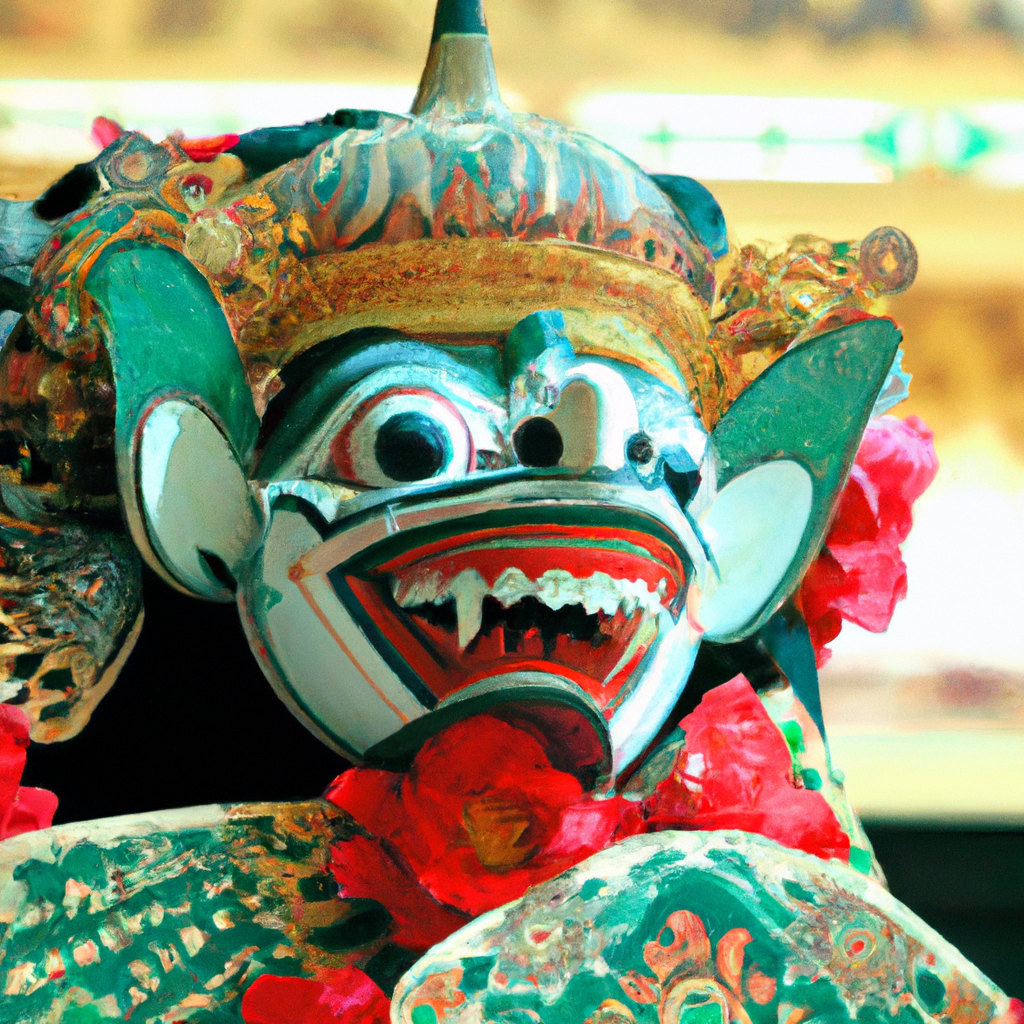Shadow puppetry is a traditional art that has been passed down from generation to generation in many countries. Its history and significance date back to ancient times, and it continues to be an essential part of cultural heritage and puppet shows around the world. In this article, we will explore the history and significance of shadow puppetry, its role in storytelling, and its cultural importance in Southeast Asia and Chinese culture.
The History of Shadow Puppetry
Shadow puppetry has its origins in ancient China, where it is believed to have been developed during the Han Dynasty (206 BCE-220 CE). It was initially used as a form of entertainment for the imperial court, but it quickly spread to the common people. Shadow puppetry became a popular form of entertainment in China, and it eventually spread to other parts of Southeast Asia.
The earliest shadow puppets were made of animal hide, wood, and bamboo, and their design was simple. The puppets were cut out of the material and painted with bright colors. A light source would be placed behind the puppet, casting its shadow onto a screen or wall in front of the audience. The puppeteer would manipulate the puppets behind the screen, creating the illusion of movement and dialogue.
Over time, the art of shadow puppetry evolved, and the puppets became more intricate and detailed. The use of silk and other fabrics replaced animal hide, and the puppets were painted in more muted colors. The stories told through shadow puppetry also became more complex, and the art form became a way to tell traditional tales and myths.
The Significance of Shadow Puppetry
Shadow puppetry is significant for many reasons. Firstly, it is an important part of cultural heritage. It is a way to preserve traditional stories and myths that have been passed down through generations. Shadow puppetry is also a way to connect with the past and to understand the history of a culture.
Secondly, shadow puppetry is significant because it is a form of storytelling. The stories told through shadow puppetry are often moral tales that teach important life lessons. They are also a way to entertain and engage audiences of all ages.
Thirdly, shadow puppetry is significant because it is a form of art. The puppets themselves are intricate and beautiful, and the way they are manipulated behind the screen is a testament to the skill of the puppeteer. Shadow puppetry is a unique art form that combines storytelling, music, and visual art.
Shadow Puppetry in Southeast Asia
Shadow puppetry is an important part of Southeast Asian culture. It is practiced in many countries, including Indonesia, Thailand, and Cambodia. In Indonesia, shadow puppetry is known as wayang kulit. The puppets used in wayang kulit are made from water buffalo hide and are intricately painted. The stories told through wayang kulit are often taken from the Hindu epics, the Ramayana and the Mahabharata.
In Thailand, shadow puppetry is known as nang yai. Nang yai puppets are much larger than other shadow puppets, and their movements are more exaggerated. The stories told through nang yai are often about the Buddha’s life and teachings.
In Cambodia, shadow puppetry is known as sbaek thom. Sbaek thom puppets are made from leather and are intricately painted. The stories told through sbaek thom are often about the Khmer Empire and its history.
Shadow Puppetry in Chinese Culture
Shadow puppetry is also an important part of Chinese culture. In China, shadow puppetry is known as pi ying xi. The puppets used in pi ying xi are made from donkey hide and are intricately painted. The stories told through pi ying xi are often about the history of China.
In conclusion, shadow puppetry is a traditional art form that has been passed down from generation to generation. Its history and significance date back to ancient times, and it continues to be an essential part of cultural heritage and puppet shows around the world. Shadow puppetry is significant because it is a way to preserve traditional stories and myths, a form of storytelling, and a unique art form that combines storytelling, music, and visual art. Shadow puppetry is practiced in many countries, including Southeast Asian countries such as Indonesia, Thailand, and Cambodia, as well as in China.







